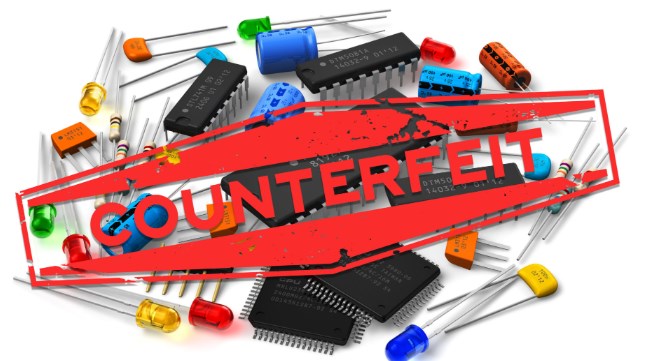OUTLINE:
5 Ways to Prevent Counterfeit Electronic Components
 374
374The problem of counterfeit electronic components is a more common issue than one might think. In fact, the world of electronics is facing a growing epidemic of fraudulent parts that can cause serious issues for consumers and manufacturers alike. From lost sales and declining consumer confidence to hefty legal fines, the cost of counterfeit components can add up to billions of dollars each year.
With the Electronic Resellers Association International (ERAI) reporting 768 counterfeit and nonconforming parts in 2022, a 35 percent increase from the previous year. These parts can impact device performance, leading to recalls, lost sales, and declining consumer confidence, and manufacturers may face fines for selling products containing counterfeit components. The U.S. Chamber of Commerce estimates that these costs add up to $500 billion a year across all industries. To combat this problem, electronics manufacturers can take steps to keep counterfeits out of their supply chains.

- One way to address counterfeit components is by making supply chains more transparent. Many manufacturers lack visibility into their upstream supply chain partners, but increasing data-sharing practices between partners and using tracking solutions can enable organizations to gain a complete view of their supply chains.
- Manufacturers can also reconsider their supplier options. While distributors and brokers may offer affordable prices and large available quantities, they can also introduce counterfeit risks. Sourcing from original part manufacturers or authorized distributors can offer confidence in a component's origin.
- Monitoring for counterfeit electronic components in shipments is also important, even if businesses trust their suppliers. Visual inspection and label checks can reveal obvious physical differences or red flags, and testing may be necessary for highly sensitive components.
- Blockchain technology has emerged as another way to fight counterfeit electronic components. Manufacturers can use a blockchain tracking solution to create a ledger of encrypted records that are virtually impossible to alter, allowing them to verify where parts came from and when they arrived at each point in the supply chain.
- Finally, electronics producers can minimize the costs of counterfeits by transferring risk through legal documentation that shifts responsibility away from the manufacturer. While preventive steps such as holding suppliers to higher standards and using blockchain tracking are important, transferring risk can help lessen the impact of occurrences that slip through the cracks.

Disclaimer: The views and opinions expressed by individual authors or forum participants on this website do not represent the views and opinions of Chipsmall, nor do they represent Chipsmall's official policy.

share this blog to:

